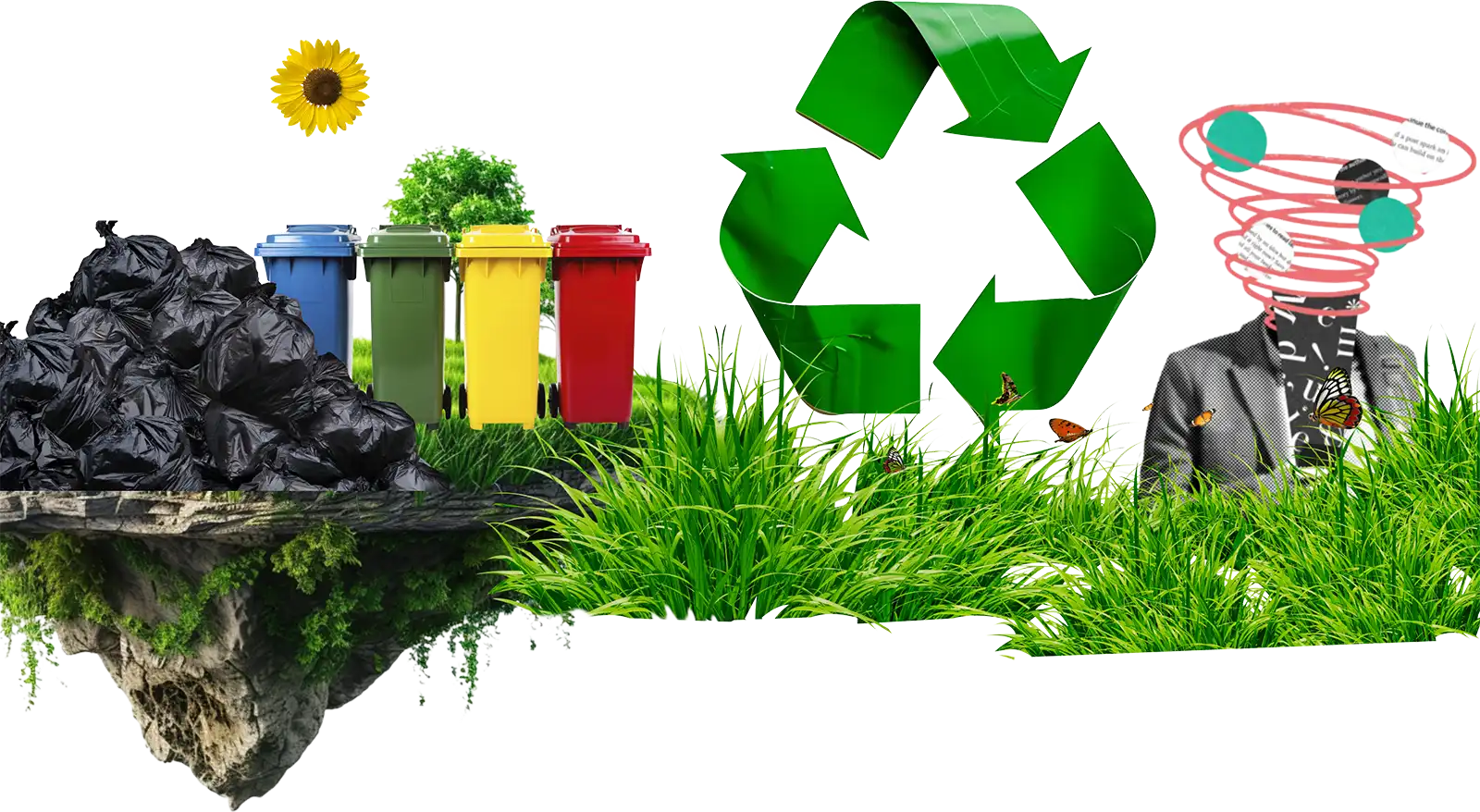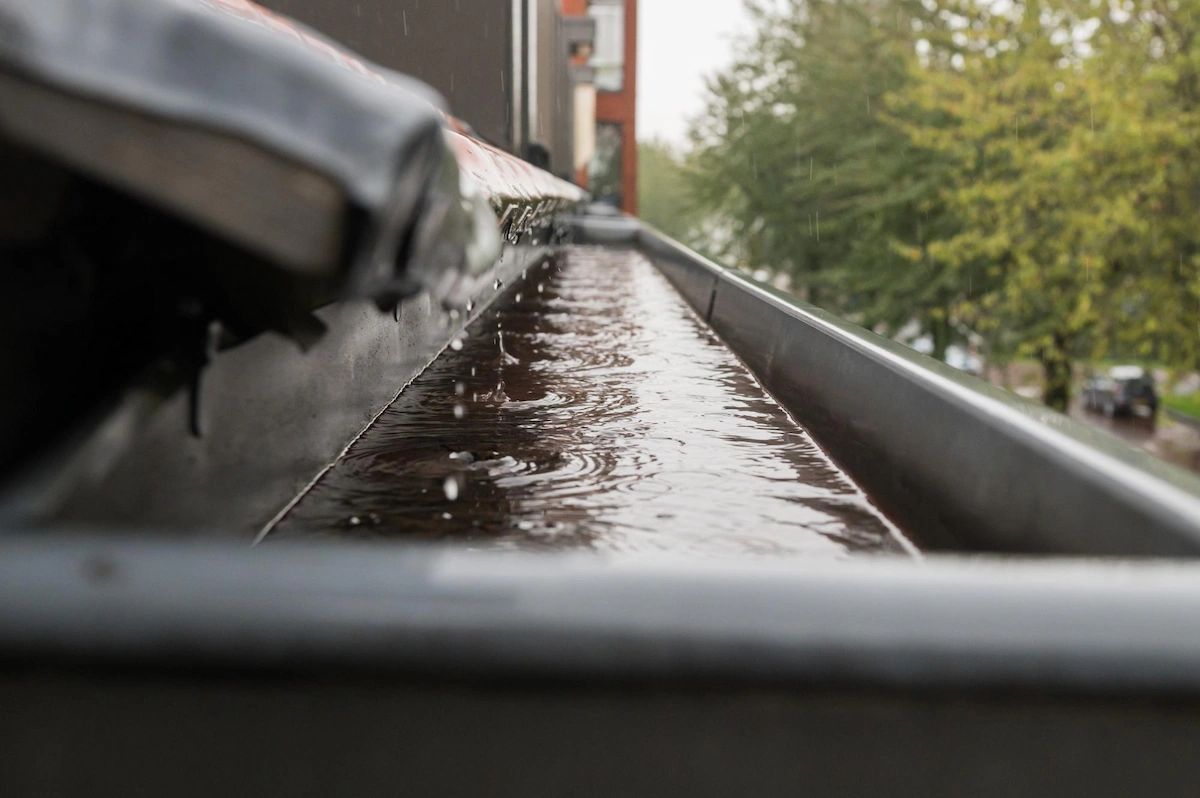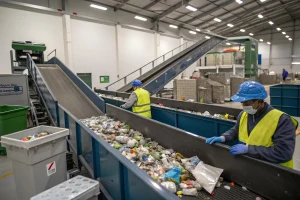Table of Contents
Have you ever seen elderly people collecting water in buckets when it rains? If so, you have roughly understood the simple concept of rainwater harvesting.
While it may seem simple, this method is effective for providing clean water that can be utilized in various fields. Are you interested in learning more? Let’s check out the explanation in the article below!
What Is Rainwater Harvesting?
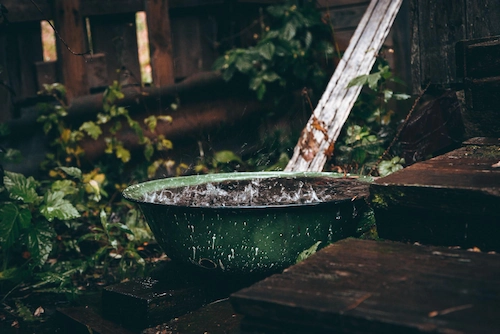
Rainwater harvesting is a method for obtaining clean water by collecting rainwater and storing it for reuse. This method is very beneficial because it is affordable, simple, and eco-friendly.
The rainwater collection method has been implemented in various countries as a sustainable solution to address the clean water crisis.
The collected rainwater can be utilized for household needs, agricultural irrigation, livestock consumption, controlling rain runoff, and protecting against fire risk.
Read also: Hydroponic Tools You Must Have, Simple for Beginners!
Why is Rainwater Harvesting Important?
As we know, every day, humans need clean water. According to data from the Environmental Protection Agency (EPA) of the United States, the household indoor clean water requirement, such as for bathing, cooking, and washing, for one person in one day, reaches 70 gallons.
Meanwhile, the outdoor water requirement, such as washing hands, watering plants, and washing vehicles, accounts for 25–50% of indoor water usage. In addition to household needs, clean water is also required for the livestock sector (30–170 liters/day) and agriculture (1–10 liters/day/m2).
Seeing the huge demand for access to clean water, rainwater harvesting can be a practical, easy, and affordable solution to provide clean water.
Types of Rainwater Harvesting
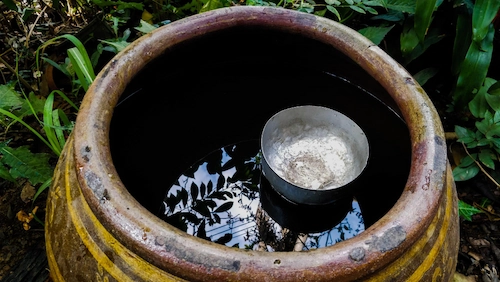
There are two types of rainwater harvesting methods that you need to know, namely in situ and ex situ. Both have the same concept of capturing rainwater but differ in methods and purposes. Here is the complete explanation:
1. In Situ Rainwater Harvesting
In situ rainwater harvesting means that when it rains, the water will seep directly into the ground. To ensure proper absorption, the soil can be plowed beforehand, made into holes, or left in a coarse-textured condition.
The main goal is to maintain groundwater reserves and keep the land moist so that it does not require large amounts of irrigation.
2. Ex Situ Rainwater Harvesting
Conversely, ex situ rainwater harvesting uses storage tanks, dams, artificial ponds, or cisterns to collect large quantities of rainwater. The stored water can be used for irrigation, household needs, or as a water reserve during dry seasons.
Benefits of Rainwater Harvesting
Rainwater collected through both in situ and ex situ methods not only serves as a solution to the scarcity of clean water but also provides other benefits, such as:
- Supplying clean water at a low cost.
- Reducing environmental erosion.
- Mitigating land dryness during dry seasons.
- Reducing dependence on the water utility company (PDAM).
- Decreasing flood risks.
- Recharging groundwater.
- Saving energy, as there is no need to pump water from the ground.
Read also: 11 Must-Have Eco-Friendly Products: Which One Is Your Fave?
Uses of Rainwater Harvesting
A rainwater harvesting system can actually be made by yourself with a few easy steps. You can create a simple rainwater collection system at home by finding a container, barrel, or large water storage space.
Try to choose a water container that has a lid so that the water inside remains clean. The collected water can then be used for various purposes, such as:
1. Source of Clean Water for Irrigation
Globally, the agricultural sector and its supply chain use about 70% of the fresh water available on Earth. This fact shows how dependent the agricultural sector is on water availability.
By utilizing a rainwater harvesting system, farmers can reduce the use of increasingly depleted groundwater. This method can also sustain agriculture in areas that often experience clean water scarcity.
2. Water Sources for Household Use
In addition to being utilized for agricultural irrigation processes, rainwater can also be used for daily household purposes. Usually, rainwater is used for non-consumptive needs such as washing, sanitation, watering plants, and other activities.
3. Water Sources for Livestock Consumption
Ranching is one sector that also requires a lot of clean water. Large livestock like dairy cows require about 170 liters per day, and beef cattle need 95 liters per day. Having rainwater harvesting methods will greatly help provide sufficient clean water for the daily consumption of livestock.
4. Water Sources for Fire Mitigation
In emergencies, such as fires, water reserves are crucial for extinguishing flames. Typically, in any fire, firefighters need a water flow rate of 400 liters per minute to put out the fire. Therefore, large rainwater storage like dams can be very helpful.
That is an explanation about the rainwater harvesting method that can serve as a solution to various issues related to clean water. The rainwater harvesting method has high social and economic potential because it is simple, affordable, and sustainable.
Speaking of sustainability, are you someone who cares about the environment and the Earth? If so, you can join the Indonesia Asri community. Here, you will be invited to participate in fun and exciting challenges like #AksiAsri by sorting waste and other environmental preservation efforts.
Do not wait anymore; register yourself today and become a Warga Asri for a green and sustainable earth!
Read also: What Is Zero Waste? Learn the Benefits and How to Apply It


